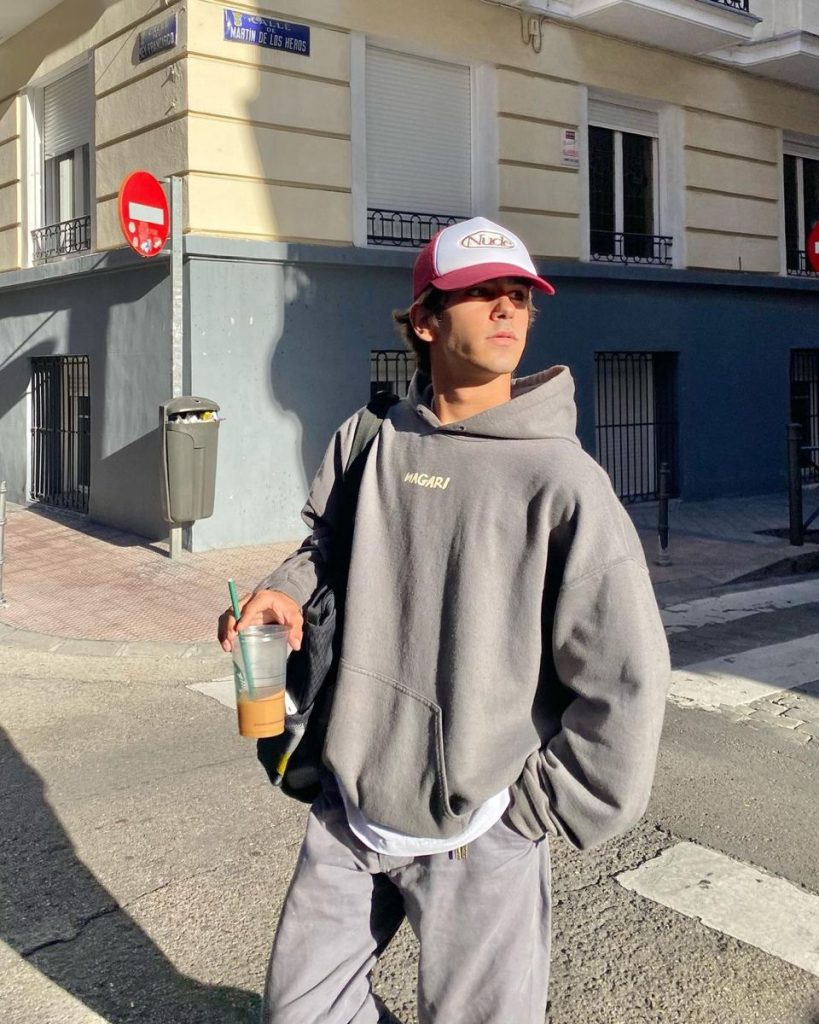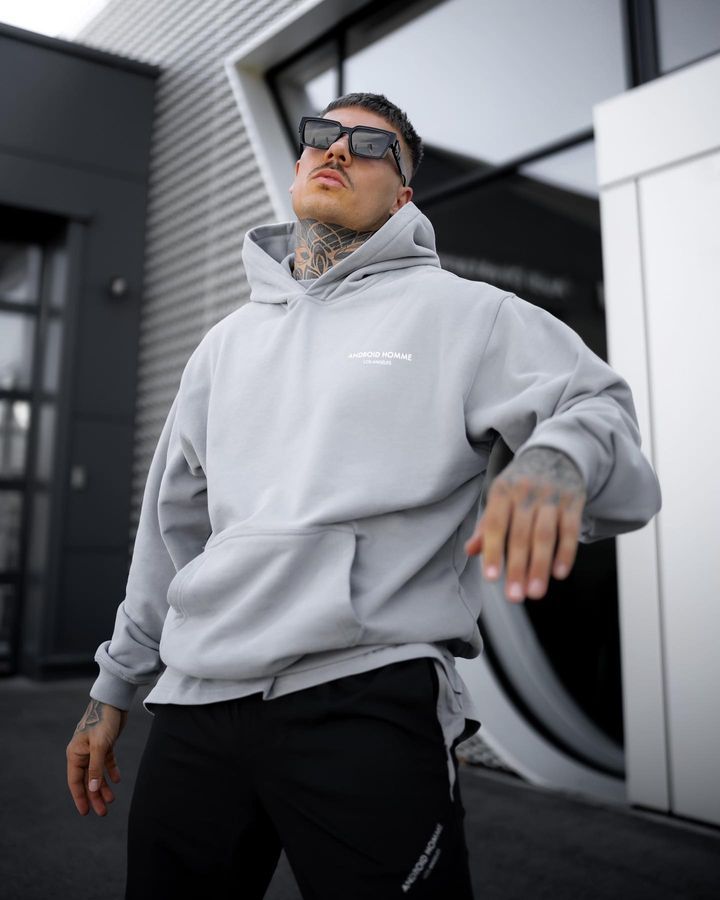Introduction
Fashion in 2025 is no longer just about garments; it is a vast narrative system that mirrors culture, sustainability, technology, and individuality. Clothing becomes a dialogue between the traditions of yesterday and the innovations of tomorrow. As designers experiment with biotechnology, artificial intelligence, and digital realities, fashion transforms into both an art form and a medium of storytelling. This article explores the multiple narratives shaping the style codes of the year, tracing how fabrics, cultural values, and futuristic visions weave together into the threads of tomorrow.
The Evolution of Fabric: From Handcrafted Weaves to Biotechnological Materials
Clothing has always relied on fabric as its foundation, but in 2025, the definition of fabric extends far beyond cotton, silk, or wool. Traditional weaving communities preserve ancient knowledge, crafting textiles that carry centuries of heritage. At the same time, laboratories cultivate mycelium-based leather, plant-derived fibers, and recycled plastics, each material telling a story of environmental consciousness. These contrasting yet complementary approaches remind us that fabrics are not simply surfaces; they are chronicles of human ingenuity, culture, and responsibility.
Digital Fashion: Style Without Physical Boundaries
In 2025, garments no longer need to exist in tangible form to hold value. Digital outfits dominate social media platforms, gaming environments, and virtual events. Fashion houses release collections meant exclusively for avatars, allowing wearers to experiment with aesthetics beyond physics—glowing gowns, shape-shifting jackets, or garments that respond to emotions. This immaterial dimension challenges traditional ideas of consumption, waste, and ownership, giving rise to new economies of creativity.
Sustainability as a Core Narrative
The urgency of climate change ensures that ecological responsibility is not a trend but a necessity. Designers embrace circular fashion models, upcycling pre-loved garments, and minimizing waste at every stage of production. Clothing now comes with traceable histories—where fibers originated, how much water was saved, and which artisans contributed to its making. This transparency not only educates consumers but also transforms each garment into a moral narrative, binding personal style with planetary ethics.
Inclusivity and Identity in 2025
Fashion in 2025 celebrates a diverse spectrum of bodies, genders, and cultures. The narrow definitions of beauty that once dominated runways have given way to inclusive representation. Adaptive clothing for people with disabilities gains equal attention to couture gowns, while gender-fluid collections reflect evolving social values. In this landscape, fashion is no longer about exclusionary glamour but about universal self-expression, making identity a central narrative in every design.
The Redefinition of Luxury
Luxury in 2025 is not defined by scarcity or exclusivity alone. It is measured by craftsmanship, sustainability, and emotional resonance. A handwoven scarf made by indigenous artisans holds as much prestige as a high-tech garment embedded with smart fibers. The new codes of luxury celebrate depth, authenticity, and connection, elevating fashion beyond mere opulence into a realm of meaning and longevity.
Streetwear’s Global Influence
Streetwear continues to influence mainstream fashion, but its role in 2025 expands into a cultural manifesto. What began as subcultural expression has become a global language of rebellion, individuality, and comfort. Streetwear pieces now incorporate sustainable fabrics, digital designs, and cross-cultural references, making them powerful symbols of globalization. Every oversized hoodie or graphic T-shirt becomes a canvas for personal and political narratives.
Craftsmanship and Heritage in a Modern Era
Even as technology accelerates, craftsmanship holds a sacred place in fashion’s narrative. Hand embroidery, artisanal dyeing, and bespoke tailoring highlight the timeless connection between maker and material. These practices honor cultural memory while adapting to contemporary aesthetics, ensuring that heritage does not vanish but evolves. In 2025, craftsmanship becomes not only a marker of quality but also an anchor of identity in a fast-changing world.
Future Visions: Where Fashion Is Heading
Looking forward, fashion in 2025 sets the stage for even greater transformations. The integration of artificial intelligence into design processes hints at garments that anticipate consumer desires. Virtual reality may replace physical runways, reducing waste while broadening accessibility. Meanwhile, the fusion of science and artistry continues to push boundaries—garments may one day monitor health, generate energy, or shift forms in real time. The threads of tomorrow are infinite, awaiting new stories yet to be woven.
Conclusion
Fashion in 2025 stands as a multifaceted narrative that intertwines heritage, sustainability, technology, and identity. Each garment is no longer merely an item of clothing but a storyteller, reflecting personal choices and societal values. As the world navigates environmental challenges, digital revolutions, and shifting cultural landscapes, fashion acts as both mirror and map—showing where humanity has been and where it is going. The threads of tomorrow are vibrant, transformative, and unending, binding together individuals and societies in a tapestry of meaning that transcends fabric.



